You probably have at least some idea about Egypt, but there are many more fascinating facts about ancient Egypt that you may not know.
When people talk about ancient times, they generally envision individuals wearing little to no clothing harvesting crops and believing in spirits or curses.
However, these are just stereotypes that linger in our minds. The life of ancient Egyptians was so busy that even people living today would be surprised.
1. The “one-of-a-kind” way to chase away flies

The Pharaohs of Egypt had a rather unique way to fend off flies: they would smear honey on the bodies of nearby slaves. Flies were attracted to the honey, landing on the slaves and leaving the Pharaohs undisturbed.
2. Both Egyptian men and women enjoyed makeup
Both genders liked to apply thick layers of makeup as they believed it would provide divine protection. These cosmetics were made by grinding ores, often in green (from copper) or black (from lead).
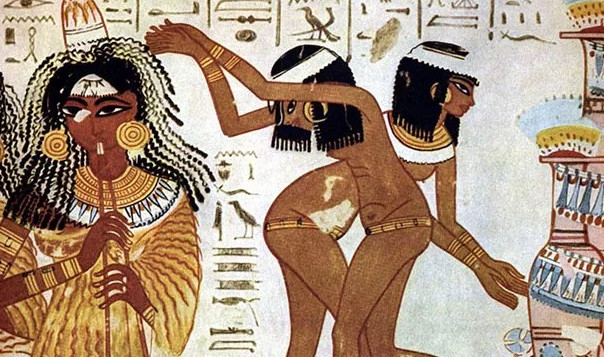
The Egyptians believed that makeup had miraculous healing properties and could prevent diseases. Specifically, cosmetics made from lead along the Nile River helped people at that time prevent eye infections.
However, few know that the original purpose of makeup was to protect against the sun.
3. Children went without clothes

Children in ancient Egypt did not wear clothes until they reached puberty, around the age of 12 to 13. According to ancient Egyptian beliefs, children did not need to cover their bodies. An important reason for this was the hot weather in Egypt.
4. The hair of pharaohs
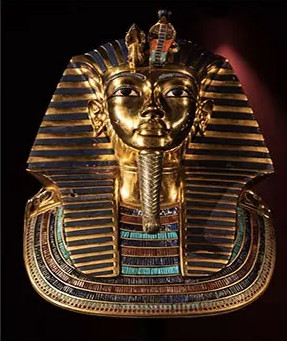
Very few people ever saw the real hair of a pharaoh. Only very close family members were allowed to admire it. Pharaohs never revealed their real hair in public. Egyptian kings always wore elaborate wigs made from pure gold.
5. Hair as a symbol of status
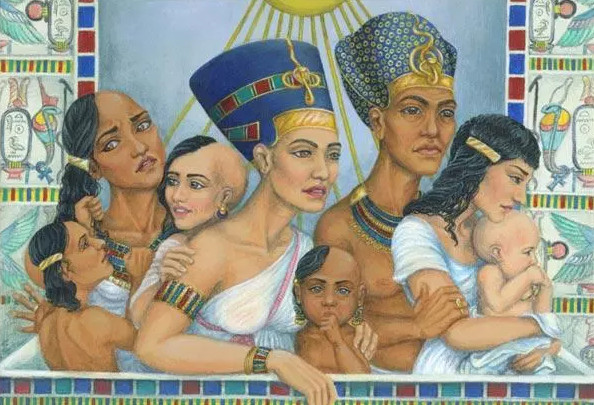
In ancient Egypt, the style of one’s hair indicated their social status. Wealthy individuals often wore wigs, whereas those from lower classes kept their hair long or braided it in a ponytail at the back.
Boys under the age of 12 typically shaved their heads to combat the heat and avoid lice.
6. Ancient Egyptians’ view of the Earth
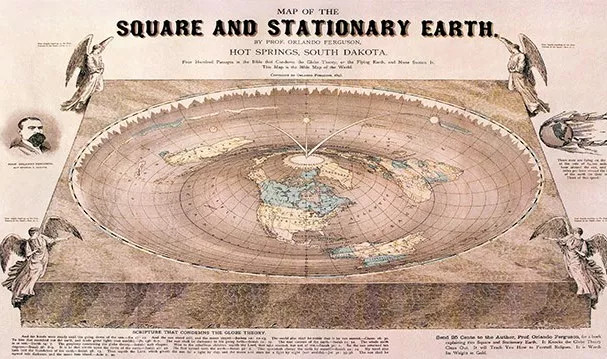
Ancient Egyptians believed that the Earth was round and flat like a disk, with the Nile River flowing through the center of the Earth.
7. Egyptian women enjoyed many rights and freedoms
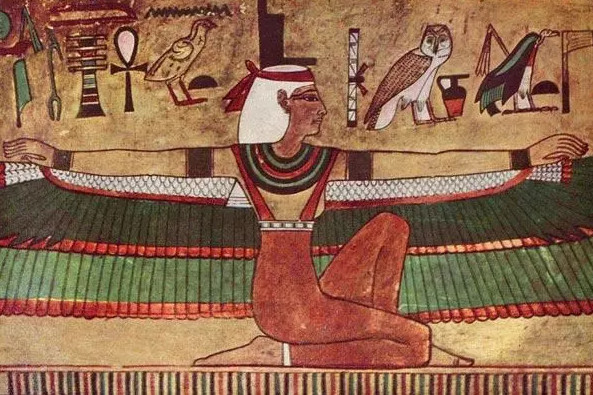
In terms of social status, Egyptian women were considered to be lower than men. However, they were still recognized for their equal rights and respected in financial and legal matters.
They had the right to buy and sell property, even to be named in legal contracts, divorce, and remarry. Although Egyptian women rarely worked, if they did, they were paid the same as men.
8. The mummification process of ancient Egyptians
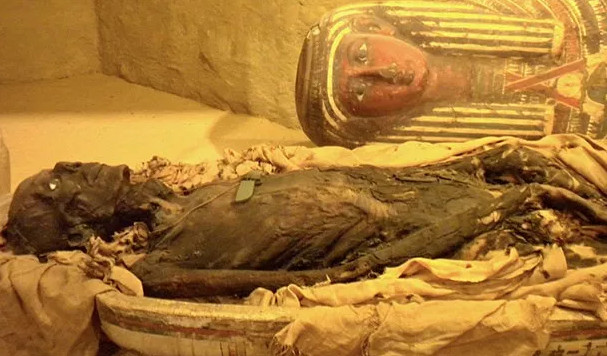
During the mummification process, the brain was removed through the nose. Other organs were taken out and placed in jars. The only organ left in the body was the heart, as ancient Egyptians believed that the heart contained the soul.
9. The background of Queen Cleopatra
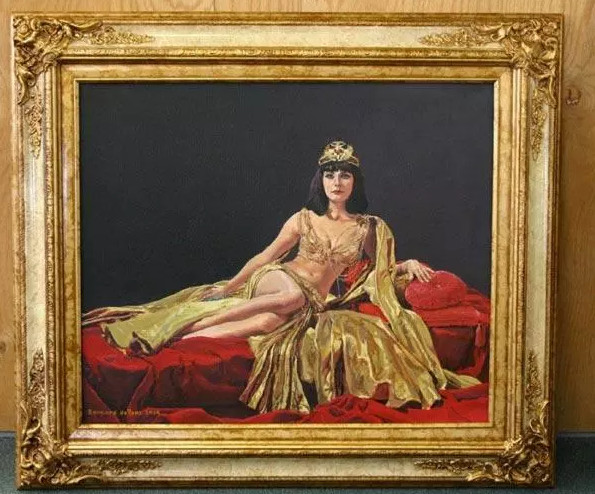
In fact, Queen Cleopatra, the last Pharaoh whose beauty captivated all of Cairo, was not Egyptian but of Greek descent. Although born in Alexandria, she was a member of the Macedonian (Greek) family.
She was the last descendant of the Ptolemaic dynasty, one of Alexander the Great’s most trusted “assistants.”
10. Slaves were not the workforce that built the pyramids
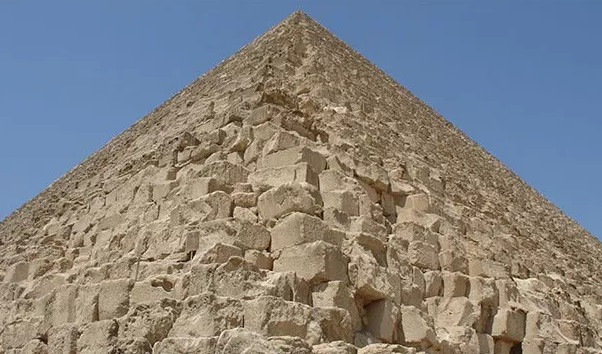
Contrary to previous assumptions that slaves were the primary workforce building the pyramids, scientists and archaeologists have found evidence that the pyramids were constructed by laborers hired by the government and paid accordingly.
The Greek historian Herodotus was the first to assert that slaves were the workforce behind the pyramids. However, most modern historians reject that view.
11. Mourning for deceased cats
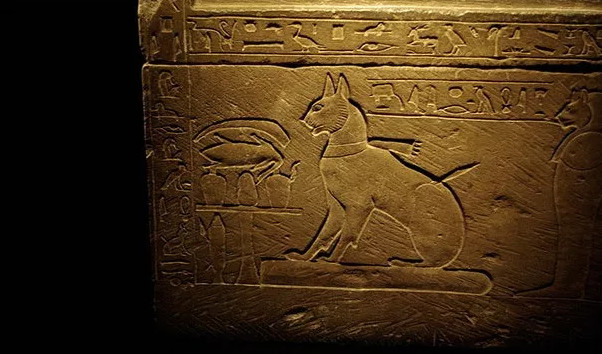
Among pets, cats were the most revered by the Egyptians. When a cat died, the entire family would hold a funeral as if mourning a family member, and they would shave their eyebrows to commemorate the soul of the animal.
12. Stone pillows
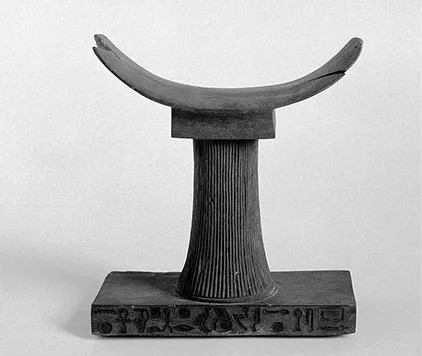
An essential item for the sleep of ancient Egyptians was a pillow made of stone. This pillow was quite high and sturdy, offering little comfort.
13. The first peace treaty in the world
For over two centuries, Egyptians fought against the Hittite Empire for control of lands in present-day Syria. The conflict led to bloody battles such as the Battle of Kadesh in 1274 BC.
However, during the reign of Pharaoh Ramses II, neither side could achieve a decisive victory. As both Egyptians and Hittites faced threats from other peoples, in 1259 BC, Ramses II and Hittite King Hattusili III negotiated a peace treaty. This agreement ended the conflict and established that the two kingdoms would support each other in case one was invaded. The Egyptian-Hittite treaty is now recognized as one of the first peace agreements in history.
14. Egyptian workers often organized strikes
Although the people of Egypt viewed the Pharaoh as a living god, the workers were not afraid to protest for better working conditions. In the 12th century BC, during the reign of Pharaoh Ramses III, workers involved in constructing the royal cemetery at Deir el-Medina organized a strike due to not receiving their usual wages. This is recorded as the first strike in history.
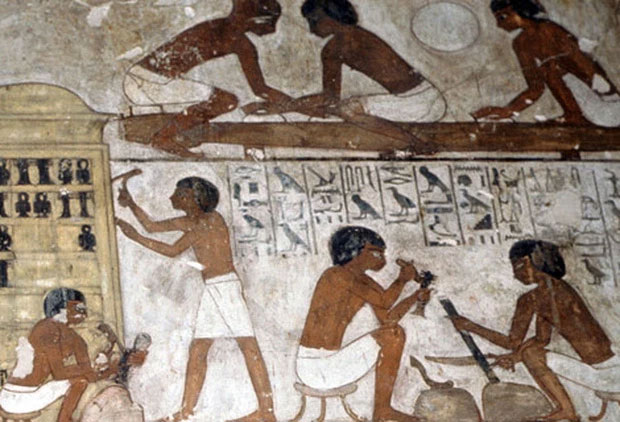
Workers know how to strike to demand their rights.
To protest, the workers gathered at a temple near their workplace and refused to leave until their demands were met. As a result, these workers received their wages.
15. Pharaohs Were Often… Overweight
In artworks, kings in Egypt are often depicted as beautiful statues, but this is hard to believe. In reality, the Egyptian diet, primarily consisting of beer, wine, bread, and honey, was high in sugar.
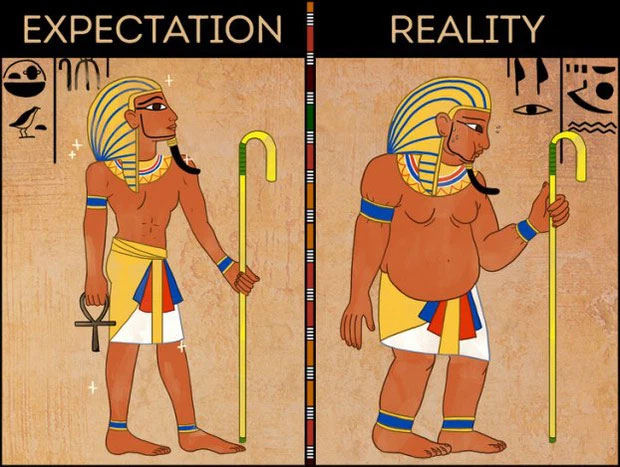
Pharaohs tended to be overweight.
Moreover, studies of mummies have shown that many pharaohs exhibited signs of being overweight and even suffered from diabetes. A notable example is the legendary Queen Hatshepsut, who lived in the 15th century BC.
In addition to the above, here are some fascinating facts about the Egyptians that may surprise you:
- The Neolithic period in Egypt dates back to 9000 BC. The first pyramids were built when mammoths still roamed the earth. The ancient Egyptian state collapsed in the 7th century, just before the Vikings appeared.
- The longest reigning record was set by Pepi II, a feat that is hard to replicate. Some scientists claim he ruled for 94 years.
- Power was passed from father to son, but in the absence of male heirs, women could take power. One of the first women to ascend the throne was Hatshepsut. Like male rulers, she had to wear a crown, hold a scepter, and don a false beard. This is why Hatshepsut is often depicted with a beard.
- Archaeologists have found boats, thrones, jewelry, perfumes, and cosmetics inside various pyramids during excavations. This is why drinks and fruits were also placed in tombs alongside the deceased king.
- The Egyptians were among the first to begin domesticating animals. They domesticated a donkey in 4500 BC and a goose in 3000 BC. At the same time, cats were favored by the Egyptians and began living with humans in Cyprus around 7500 BC, having been brought from the Middle East.
- They did not organize large celebrations on wedding days. They simply exchanged gifts.
- In ancient Egypt, marriage contracts first appeared. According to the contract, the husband was obligated to return the dowry in the event of a divorce, provided he was the one who initiated it. However, wives were also allowed to initiate divorce.
- According to Hollywood films, Egyptians only covered their bodies with pieces of white cloth, but archaeological excavations tell a different story. They often did not dye their clothes, which is why they retained their natural colors, including white. Men typically wore garments that reached their waists, while women’s clothing included a dress or a linen shawl. It looked quite bulky and concealed all body curves.
- Egyptian medicine could easily compete with many hospitals today. Each doctor had a specialty and extensive knowledge of anatomy. Specialists produced artificial eyeballs, fingers, teeth, and even limbs. They also used honey bandages to dress and disinfect wounds.
- The police were also an invention of the Egyptians. They were formalized during the New Kingdom. The police primarily consisted of warriors and foreign personnel. They ensured order in the city, fought fraud, tracked down criminals, ensured that market sellers did not deceive customers, and protected palaces and caravans. They were accompanied by dogs and monkeys for service.
- In their free time, Egyptians entertained themselves with board games. The most famous game was called Senet, the ancient ancestor of what we know today as chess. The game appeared during the pre-dynastic period (around 3500 BC).
- Modern archaeologists no longer need to open coffins, unwrap mummies, and disassemble them piece by piece.
All studies are conducted using tomography. It can help determine the age, gender, social status of the mummy, the diseases the individual suffered during their lifetime, their dietary habits, and much more.





















































